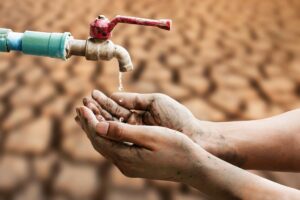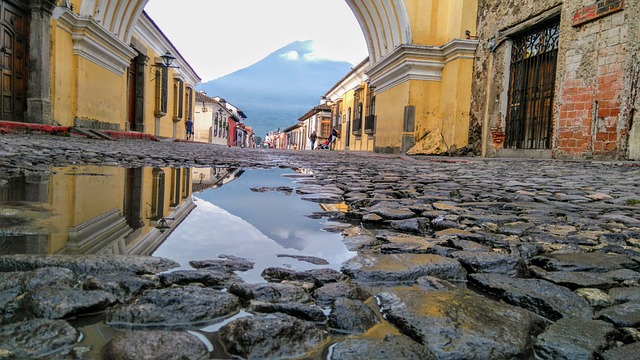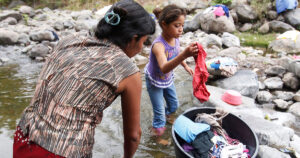Billions of people all around the globe are dealing with a lack of access to one of the most essential aspects of life: clean water. The intensity of water stress is different all across the globe! In some parts, it’s causing irreversible damage to the state’s public health, global trade, and economic development. The situation is so bad in certain areas that the local people are discussing mitigation measures themselves! So, as the rain gets scarcer, here is “How are the residents of Guatemala dealing with water stress?”
The Backdrop Of Water Stress In Guatemala
Located between two oceans, as a narrow piece of land, Guatemala mostly depends on agriculture. However, with the rise in temperature and change in the rain levels, different parts of the country are increasingly thrashed by drought and intense rains—often simultaneously. These extreme weather events fuel massive waves of migration, notably to the United States.

According to reports, more than 40% of the rural Guatemalan population lacks safe drinking water in their homes. The others with access to suitable water resources lack sanitation facilities.
What Is Water Stress? Guatemala In Crisis
70% of the world’s freshwater is used for agriculture, while the rest is divided among domestic (19%) and industrial uses (11%). In conditions like water stress, the demand for safe drinking water exceeds the available amount. The population is only left with poor-quality water, which is unsafe.
According to studies, in Guatemala, the available drinking water comes with high contamination levels. And people, most of the time, use firewood to purify the water, leading to deforestation in the country. Also, the population is exposed to the burning toxins released from the wood! On the other hand, these fumes are highly dangerous, contributing to the rise of CO2 and climate change.
The Population In Guatemala Dealing With Water Stress
In the parched region of Guatemala, the communities depend on rainfall to feed their families. All of them together, in 2019, had built water reservoirs in high altitudes of the mountains to cope better with increasing draughts and unpredictable scarce rains. However, the year did call for an opposite effect! Two powerful hurricanes, Iota and Eta, struck the region within a fortnight. The outcome was flash floods and landslides, with people trapped in collapsed houses. The rescue operations lasted weeks, with people finding returning to their prominent states difficult.

Moving further into the people of Guatemala dealing with water stress – After mixed responses from the law and authority and extreme weather conditions making it hard to deal with the scarcity of water resources, the residents are now taking things upon themselves.
Such as in the northern region of Quiche. The area is mostly home to indigenous communities – the Mayans. The residents are learning to build planned ditches above the sloped fields of beans or corn. The aim is to help water trickle down the slope and add moisture to the soil for longer. They try to capture water most organically, allowing it to pass through the ditches.
In Search For A Better Future
Guatemala contributes much less to greenhouse gas emissions, but the people of this place do have to suffer from the atrocious outcome of climate change. However, several business ventures and non-profit organizations are coming together to help people live a better life over time.
- Ecofiltro, – A Guatemalan-based local business, developed the Water for Life Program for the rural country base. Its mission was to reach 1 million rural families with clear water by 2020.
- Also, the Coca-Cola Company and the World Wildlife Fund came together to mitigate water stress. They devised conservational efforts in Eastern Guatemala, covering the Sierra de las Minas mountain range. The aim was to capture water through the headwaters in the cloud forests and let it flow to the areas below.

Apart from water stress, acute malnutrition is also a great problem among Guatemalan citizens. Hurricane-related crop loss, pandemic, water stress, and volatile commodities prices have doubled the number of malnutrition-affected children since 2019. Offering a proper mitigation service, The World Food Programme (WFP) and the local government’s efforts provide specialized nutritious food to children aged 2. Also, the authorities are encouraging the farmers to plant less thirsty crops – tomatoes and carrots. This helps, in every possible way, as the water intake reduces, the crops grow fast and are highly nutritious.
The rainy season in Guatemala runs from October to May! However, the extreme weather conditions make it hard for people to mitigate through a better way. The locals find it hard to deal with the atrocities caused by rain. The past experiences left them with dozens of dead, more freshwater scarcity, and destroyed homes and bridges. It’s only time and aid that the place believes in which will introduce them to a better future ahead.



